In the world of fitness enthusiasts, a durable gym bag is as essential as the workout itself. Yet even the most rugged bags eventually face wear and tear, particularly in their waterproof lining. Whether from sweat-drenched clothes, spilled protein shakes, or unexpected rain showers, the waterproof membrane inside your trusty gym companion can degrade over time. Fortunately, with some specialized techniques and materials, you can breathe new life into your favorite bag without replacing it entirely.
The first signs of a failing waterproof layer often go unnoticed. A faint dampness along the seams, a musty odor that lingers after airing out the bag, or minor discoloration where moisture has penetrated – these subtle warnings precede more serious failures. By the time your gym clothes emerge suspiciously moist after commuting through a drizzle, the damage has already progressed. Understanding how these protective barriers work helps in executing proper repairs. Most quality gym bags use either polyurethane laminates or thermoplastic polyurethane (TPU) coatings bonded to the interior fabric, creating that crucial moisture-blocking seal.
Diagnosing the extent of damage determines your repair approach. For minor breaches along seams or pinhole punctures, targeted treatments suffice. However, widespread delamination – when the waterproof coating separates from the base fabric in large patches – often requires more intensive intervention. Surprisingly, many athletes discard bags when facing delamination, unaware that restoration remains possible. The key lies in surface preparation; all repairs fail if attempted over dirt, oils, or peeling material. A thorough cleaning with isopropyl alcohol removes residues without damaging remaining waterproof coatings, while light sanding creates better adhesion surfaces for repair compounds.
Specialized products have emerged specifically for waterproof gear rehabilitation. Liquid polyurethane solutions can be brushed onto damaged areas, reforming a flexible, waterproof barrier as they cure. For larger sections, adhesive-backed waterproof laminates provide durable patches that maintain flexibility. The application process resembles surgical precision – measured cuts, careful alignment, and controlled heating for optimal bonding. Some outdoor enthusiasts have adapted techniques from wetsuit repair, using neoprene cement to reinforce stressed areas before they fail completely. These methods not only restore functionality but often enhance the original waterproof rating when properly executed.
Preventive maintenance plays a crucial role in extending a waterproof layer's lifespan. Regular treatments with waterproofing sprays designed for technical fabrics replenish the surface's water-repellent qualities. Avoiding prolonged moisture exposure matters more than most realize – that post-workout bag left packed with sweaty clothes essentially marinates the waterproof lining in corrosive salts and acids. Simple habits like air-drying the bag upside down after use and occasional interior wipe-downs with vinegar solutions prevent microbial growth that degrades coatings. The repair process itself sometimes reveals design flaws; reinforcing high-stress areas like buckle attachments or bottom corners during restoration adds years to the bag's service life.
Beyond commercial products, innovative DIY solutions have gained traction among sustainability-focused athletes. Upcycled materials like bicycle inner tubes provide exceptionally durable patch material when combined with flexible adhesives. Some have successfully used diluted silicone caulk brushed across worn areas to recreate a waterproof seal, though this approach requires precise thickness control. The repair community continues experimenting with emerging materials like graphene-infused coatings and self-healing polymers originally developed for marine applications. While not all alternative methods match industrial standards, they demonstrate remarkable ingenuity in gear preservation.
Professional repair services have emerged as a niche market catering to high-end athletic bags. These specialists employ industrial-grade heat presses to bond new waterproof membranes seamlessly, often working with materials unavailable to consumers. Their techniques address common failure points through reinforced stitching methods and hybrid adhesive systems. For bags with sentimental value or exceptional craftsmanship, professional restoration proves cost-effective compared to premium replacements. Some services even offer waterproofing upgrades, applying modern coatings superior to a bag's original specifications.
The environmental impact of repairing versus replacing warrants consideration. A quality gym bag's production generates significant carbon emissions – from synthetic fabric manufacturing to global distribution. Each repair potentially prevents another bag from entering landfills, where synthetic materials persist for centuries. This sustainability aspect resonates strongly with eco-conscious athletes who view maintenance as part of their environmental responsibility. Manufacturers have noticed this trend, with several now offering repair tutorials and selling replacement components to extend product lifecycles intentionally.
Mastering waterproof layer repair transforms one's relationship with gear. That moment when a carefully restored bag repels water like new delivers profound satisfaction – a blend of practical achievement and environmental stewardship. As repair knowledge spreads through fitness communities, it challenges the disposable culture surrounding athletic accessories. The techniques continue evolving, but the core principle remains: with proper care and timely intervention, even a well-loved gym bag's waterproof protection can outlast expectations, journey after sweaty journey.

By /Jul 28, 2025

By /Jul 28, 2025

By /Jul 28, 2025

By /Jul 28, 2025

By /Jul 28, 2025

By /Jul 28, 2025

By /Jul 28, 2025

By /Jul 28, 2025
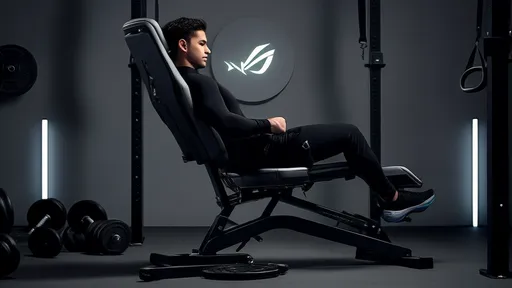
By /Jul 28, 2025

By /Jul 28, 2025

By /Jul 28, 2025
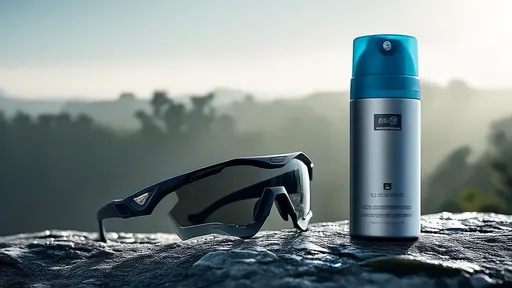
By /Jul 28, 2025
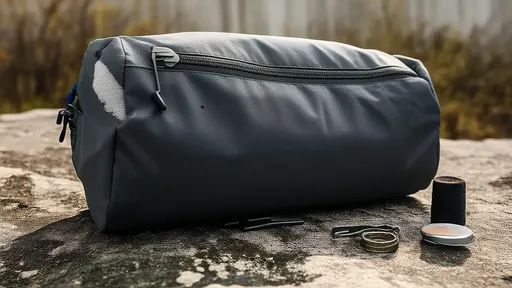
By /Jul 28, 2025

By /Jul 28, 2025

By /Jul 28, 2025

By /Jul 28, 2025
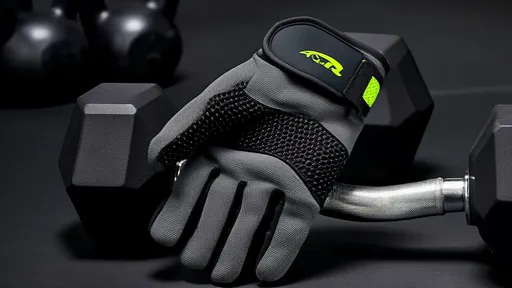
By /Jul 28, 2025
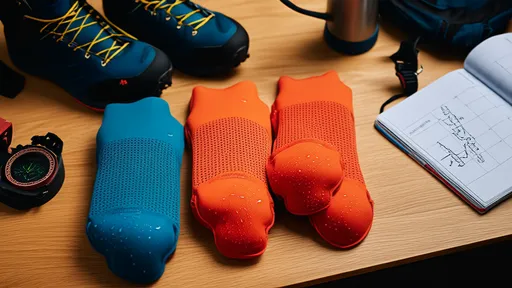
By /Jul 28, 2025

By /Jul 28, 2025
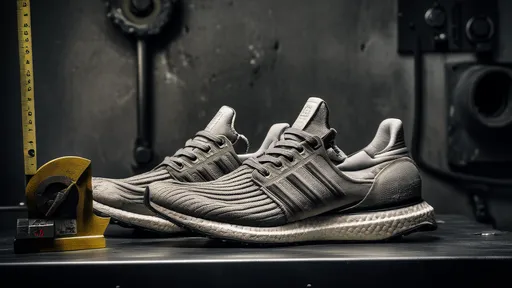
By /Jul 28, 2025